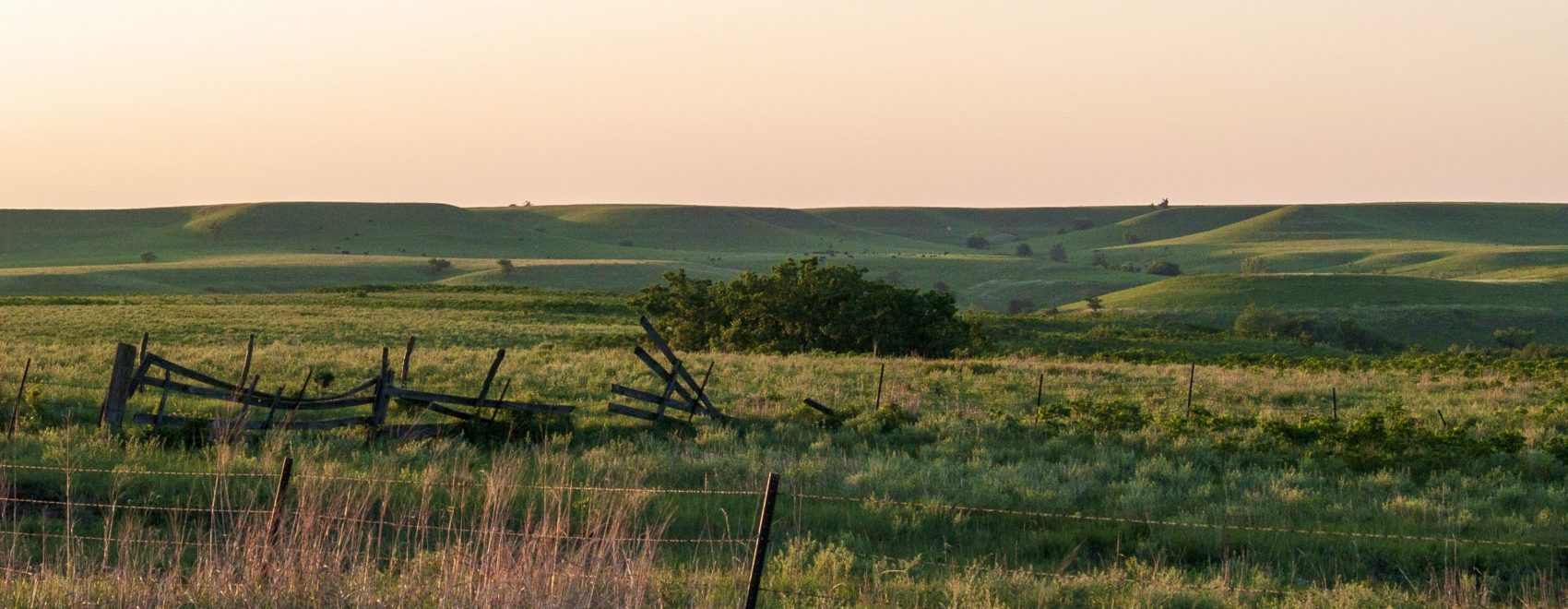Description:
Mitigation of ecological damage caused by rangeland wildfires has historically been an issue restricted to the western United States. It has focused on conservation of ecosystem function through reducing soil erosion and spread of invasive plants. Effectiveness of mitigation treatments has been debated recently. We reviewed recent literature to conduct a meta-analysis of seeding after wildfires to determine if seedings may (1) protect ecosystems against soil erosion and (2) reduce invasion or abundance of undesirable nonnative plant species. Effectiveness of postfire seedings was examined in 8 erosion and 19 invasive species cases. Seeding has little effect on erosion during the first year after fire and is highly dependent upon initial establishment and coverage of species in successive years. Among all seeding cases, 28% reduced, 67% were neutral, and 5% increased invasive species abundance. Older seedings were more likely to show reductions in invasives than younger seedings. Seedings with high plant establishment were more likely to reduce invasives than those with low establishment. Studies are needed that examine (1) frequency of adequate establishment of postfire seedings and causal factors of success or failure, (2) long-term impacts of seeding along a range of initial establishment and concomitant plant coverage over time as it relates to erosion and abundance of invasive plant species, and (3) auxiliary treatments designed to increase likelihood of germination and establishment given the inevitable variability of environmental conditions. These studies would aid land managers in deciding when postfire treatments are required and their likely level of success.
Pyke, David A., Wirth, Troy A., and Beyers, Jan L. Does seeding after wildfires in rangelands reduce erosion or invasive species? 2013. Restoration Ecology 21: 415-421. website: https://www.fs.usda.gov/treesearch/pubs/44973

